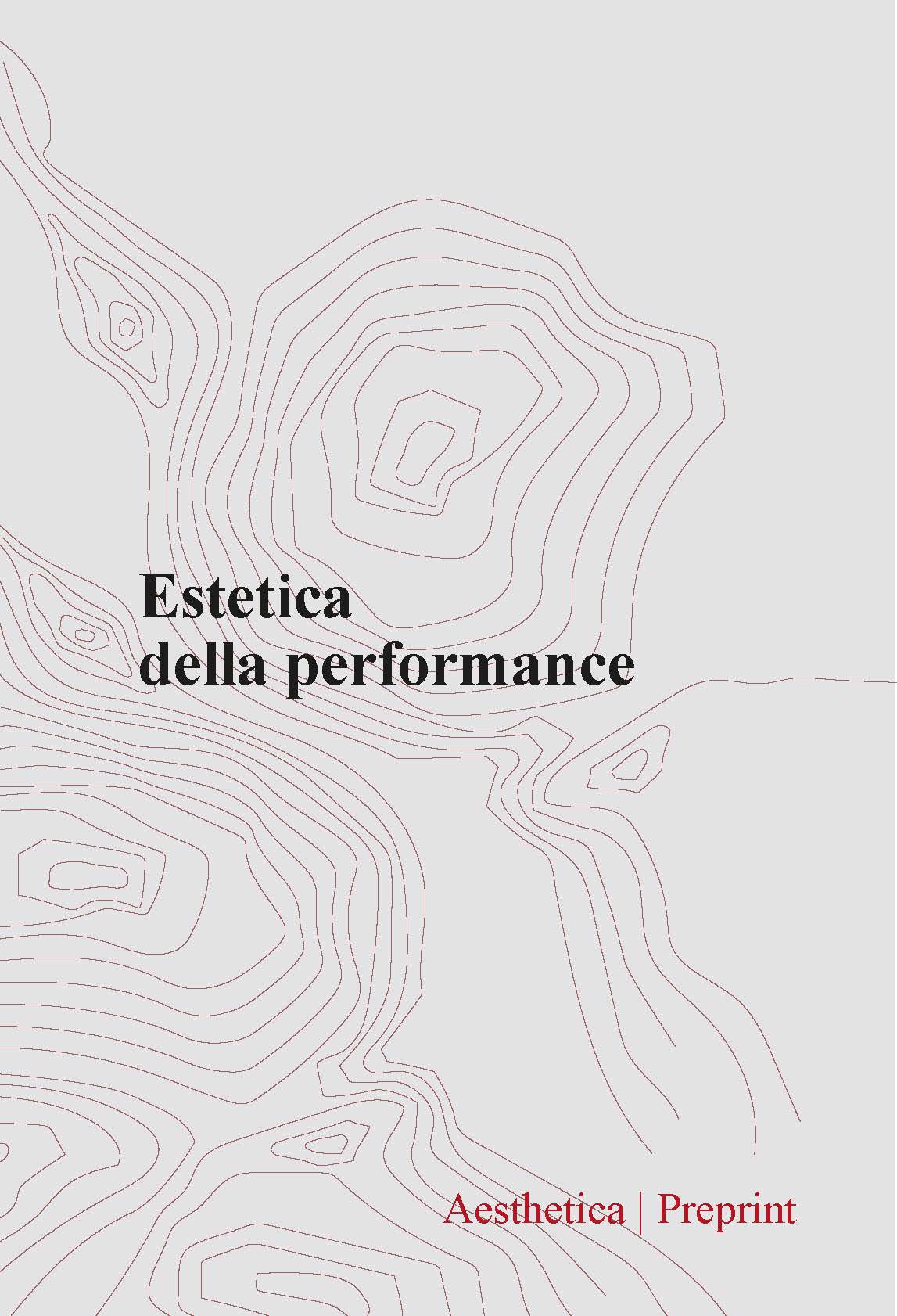Abstract
In the field of visual arts, the category of Conceptual Art has occupied a very prominent place for decades now. Broadly understood, it includes not only the works of ‘strictly’ conceptual authors such as Beuys or LeWitt, but also works belonging to different genres: from the ready-mades of Duchamp and his modern followers, to the installations of Pistoletto and the performances of Marina Abramović. Despite such wide extension and diffusion, Conceptual Art is unable to deliver what its name promises, since – this is what we are going to argue – the ideas it conveys are either trivial or inadequately elaborated. In this essay we will highlight the reasons for this apparent paradox, that have to do with a common tendency toward reductionism in the use of one’s linguistic, visual, and performative media. Subsequently, we will analyse the most common strategies deployed by conceptual artists in order to reaffirm the intellectual weight of their own works, such as de-contextualization, bizarre titling, the display of autobiographical elements, and the reference to critical-theoretical discourses. Such strategies will ultimately prove ineffective in filling the semantic void to which conceptual art seems irremediably destined, and even to some extent dangerous from a more general aesthetic and artistic point of view.

